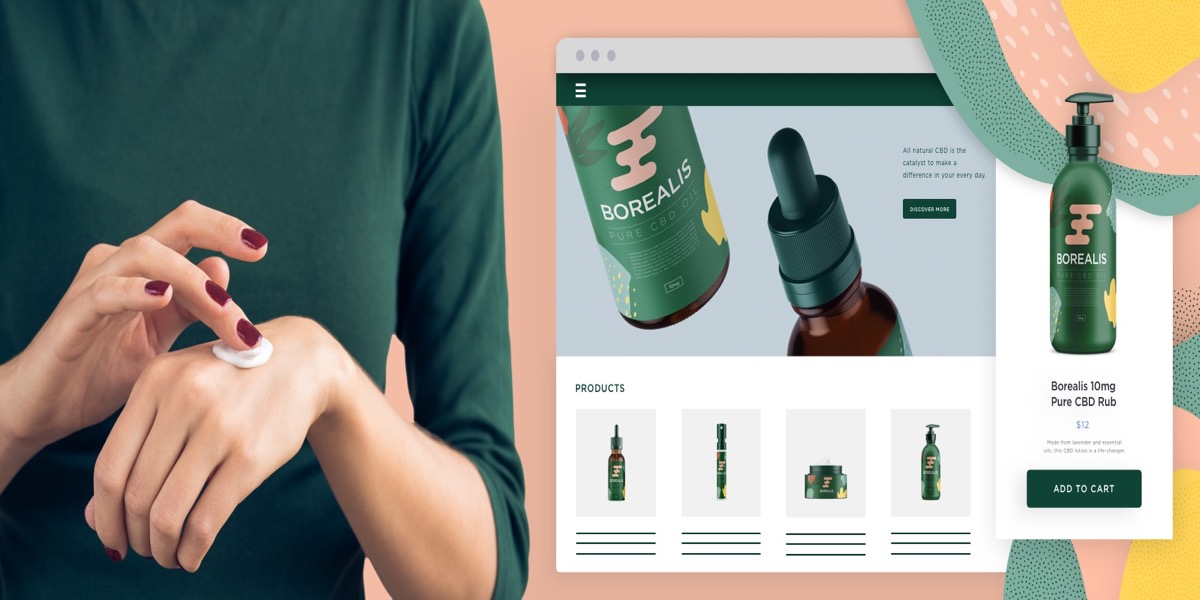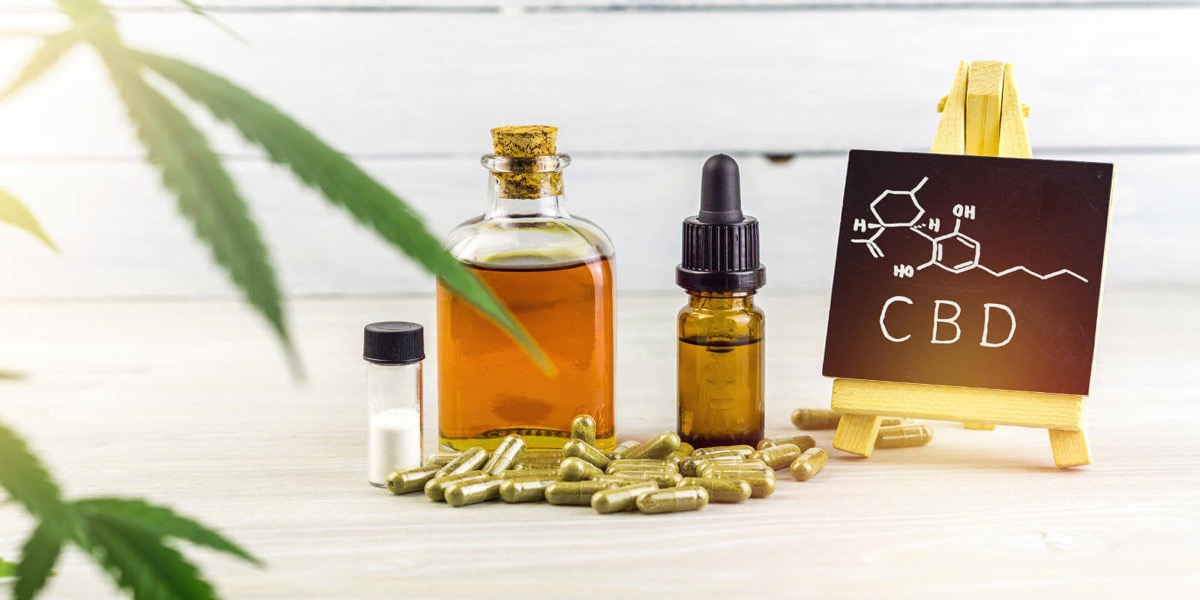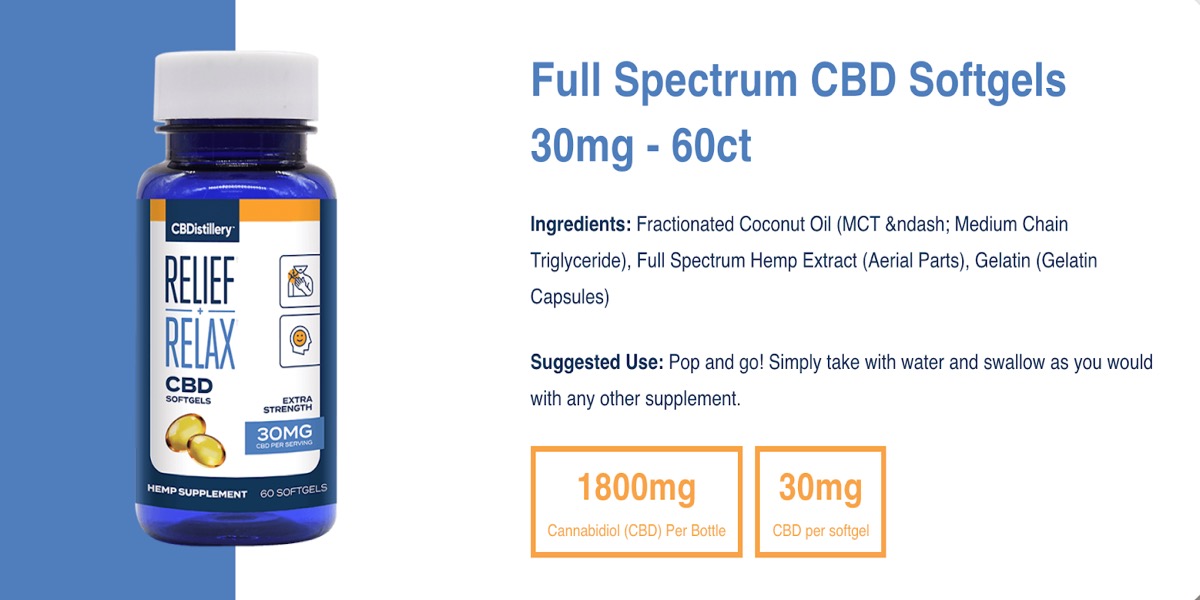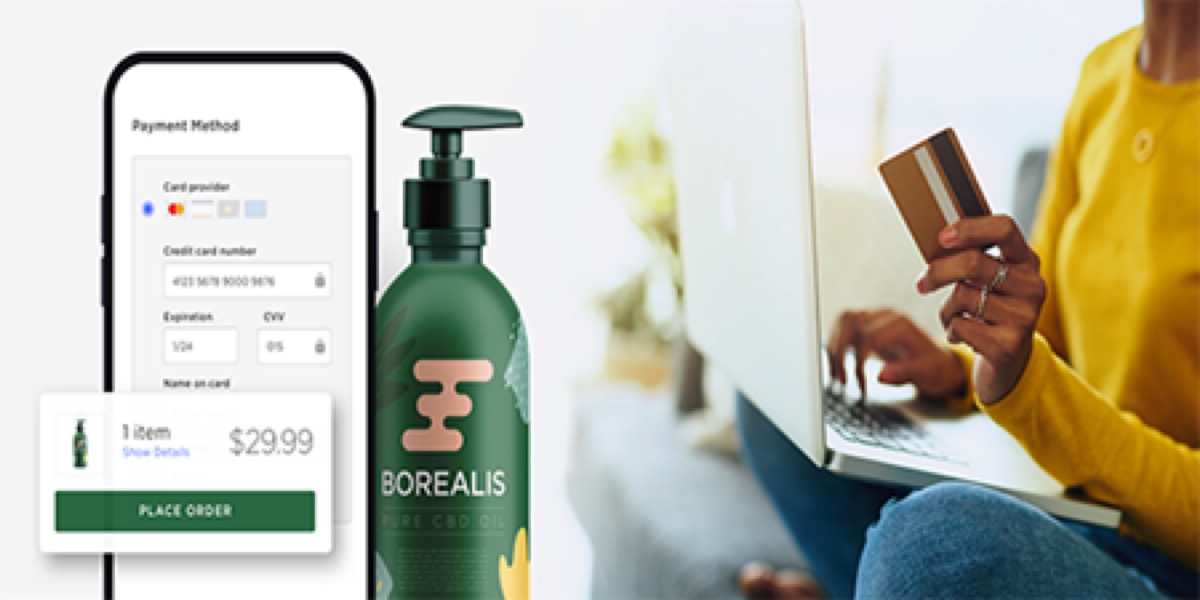How to Sell CBD Products on BigCommerce
Selling CBD oil and other CBD-infused items online comes with a number of challenges that must be overcome before building a website and initiating a marketing campaign. Allow some time to further enlighten yourself on the ins and outs of how to sell CBD online. A well-informed marketer can feel confident about embarking on a digital journey that is sure to be as profitable as it is enjoyable, so allow some time to further enlighten yourself on the ins and outs of how to sell CBD online.
In this article, we will show you How to sell CBD products on BigCommerce to improve your online store rapidly.
What are CBD products?
CBD, or cannabidiol, is a chemical compound found in the Cannabis Sativa plant. Marijuana is another name for the Cannabis Sativa plant. CBD and THC are the two major actors on which the Cannabis Sativa plant comprises. Similarly, it is a non-addictive and harmless chemical. Based on certain characteristics, it can be incorporated into the treatment profile. The widespread usage of CBD in a variety of treatments, on the other hand, makes it more lucrative. THC has therapeutic properties as well, although it renders the user intoxicated and stoned. THC’s effects may be rendered ineffective by CBD.
Purposes of CBD products
CBD is a versatile chemical compound that is considered one of the most important substances in pharmaceuticals. It provides immediate relief from symptoms such as disease anxiety, chronic pain, depression, and inflammation. CBD, on the other hand, was found to have anti-cancer properties in the research investigation. CBD is thought to be responsible for the formation of new brain cells, according to German researchers. The importance of CBD in the manufacture of Tinctures should not be overlooked. Apart from that, CBD has a number of advantages. CBD is used in a variety of products, including oils, sprays, pills, pills, and topical balms.

How to sell CBD products on BigCommerce
Step 1: Customize the design
Instead of starting with a blank canvas, you use a website theme – a series of guidelines that help you plan out the final design of your store. You may still be creative with your online business by altering colors, layouts, fonts, and other visual components, as well as introducing new elements. When it comes to CBD eCommerce store design, make sure that:
Key product information has a prominent spot: The majority of your customers will be interested in learning about the essential product specifications, such as dosage/strength, hemp origin, extraction method, and potential advantages. Make sure that all of this information is presented in an easy-to-understand manner for each product category. CBDistillery gets right to work, highlighting product constituents and possible applications.
Mind the navigation: Because CBD is still a relatively new niche, expect a surge in first-time purchases. Unlike typical users, these people will require more assistance. Construct your website’s navigation to fit their consumer journey. Organize your products by consumption method, strengths, and use cases by creating descriptive product categories and subcategories. You can also design a quick self-assessment quiz and place it in the header section to provide more personalized product recommendations.

Step 2: Add products and descriptions
Your product descriptions in the CBD industry should be more than just compelling. They also need to be:
Accurate and fact-based. Devoid of any health claims. Cliché- and jargon-free.
When it comes to CBD marketing, the FDA prohibits companies from claiming that their CBD products may “diagnose,” “cure,” “treat,” or “prevent” any medical ailment. Don’t make any large statements, even if it’s tempting. What you can do, though, is looking for legitimate medical research on CBD use. You can also use consumer voice data in your product listings, such as public/private reviews, first-hand accounts/stories, and general comments.
Finally, avoid unnecessarily complicated product descriptions. Not every customer is a CBD aficionado who is well-versed in industry jargon. While you should always include ‘technical’ product information, stay away from obscure chemical words, industrial jargon, and strange CBD pop culture references.

Step 3: Shoot and upload product photos
Ecommerce photographs serve two purposes:
Act as an extension of your brand. Help sway customers’ purchase decisions.
For example, product image quality is a buy trigger for 90% of Etsy shoppers. If you have the budget, employ a professional photographer to shoot a series of product-only and lifestyle photographs for your brand. Those limited on finances can also capture beautiful eCommerce photographs on a budget.

How to build up a CBD website
Step 1: Customize the design
Modern eCommerce platforms provide a comparable design experience. Instead of starting with a blank canvas, you rely on a website theme — your set of pointers, pre-mapping the final store look. You can still be creative though, changing colors, layouts, fonts and other visual elements or even adding new elements to your online store.
Most clients want to know the essential product specs: dosage / force, the origin of hemp, the technique of extraction, and potential advantages. Key product information is quite prominent. Make sure that all these facts are provided for each product type in a digestible way. CBDistillery goes directly to business, and the product highlights.
The mind of browsing: Since CBD remains a slightly new niche, the first-time buyers will be coming in. Unlike ordinary users, these people will need more handholding. Conceive your on-site navigation for your consumer travel. Create descriptive product categories and subcategories by means of consumer technique, strengths and cases, organize your products.
Step 2: Add products and descriptions
Your product descriptions in the CBD industry should be more than just compelling. They must also be accurate and based on facts. There are no health claims and no cliches or jargon. What you can do, though, is looking for legitimate medical research on CBD use. You can also use consumer voice data in your product listings, such as public/private reviews, first-hand accounts/stories, and general comments.
Finally, don’t write too complex descriptions of the product. Not every visitor to a shop is a CBD connoisseur known to the lingo business. While you should always include ‘technical’ product information, stay away from obscure chemical words, industrial jargon, and strange CBD pop culture references.
Step 3: Upload product images
Ecommerce photographs serve two purposes: Assist in the promotion of your brand. Assist clients in making purchasing decisions.
Hire a professional photographer to shoot a series of product-only and lifestyle photographs for your brand if you have the funds. Those on a tight budget can still take stunning eCommerce photos.
4 issues of CBD Businesses
While CBD entrepreneurs can take advantage of the industry’s rapid growth, they must also prepare for a set of unique challenges. Running a CBD business might be particularly difficult at times due to a lack of FDA guidelines and state-by-state inconsistencies in CBD rules. This is especially true when it comes to
1. Banking and financial services
Because of the aforementioned loopholes in state laws and regulations, many financial service providers consider CBD firms to be “high-risk.” When it comes to opening a merchant account, be prepared to do some walking and haggling. Obtaining additional funding through business loans can be difficult as well, due to the negative perception that the cannabis industry has among some financial institutions. But don’t be discouraged. In the field, there are also several hemp-friendly banks and investors.
2. Processing of payments
Payment processors aren’t making life simpler for CBD dealers either. Most unjustly stigmatize such enterprises, unlike BigCommerce. We provide our customers with a variety of hemp-friendly payment processors, as well as other necessary tools for setting up an online store.
3. Commercial insurance
Insurance companies are taking their time responding to the recent legalization of cannabis and hemp-derived products. CBD enterprises, like conservative banks, are frequently barred from doing business or are subjected to exorbitant rates. However, for your company’s liability, having a solid insurance plan is critical. So don’t skimp on getting a solid CBD-friendly insurance coverage.
4. Differentiation from the competition
New customers are skeptical of new market entrants due to misleading marketing and grossly exaggerated claims about CBD’s effectiveness. Gain their trust by being unique in the following areas:
Transparency: Explain to your customers what they are about to buy and eat, from where your hemp plants grow to display valid certification of analysis.
Accuracy: Stay away from unproven scientific claims (even if they look promising for marketing). Check your sources, and get the support of well-known specialists to generate content and educational pamphlets. To set yourself apart from the sleazier kinds, make honest, no-nonsense claims.
Storytelling: Long-term CBD evangelists and regular people whose chronic health condition was greatly alleviated by CBD launched some of the most successful CBD businesses. Your unique story can help you strengthen your emotional connection with your target audience by reinforcing your brand goal and values.
Conclusion
Selling CBD online is probably the simplest way to promote the popular commodity, which can be made into a variety of items. While consumers prefer to buy CBD in physical stores, the convenience of purchasing online is set to boost CBD eCommerce’s popularity in the future. Selling CBD oil and other CBD-infused items online, like any other internet business, comes with a few challenges that must be addressed before opening a website and beginning the marketing process.
We hope that this tutorial about How to sell CBD products on BigCommerce will help you ultimately boost your store successfully.





